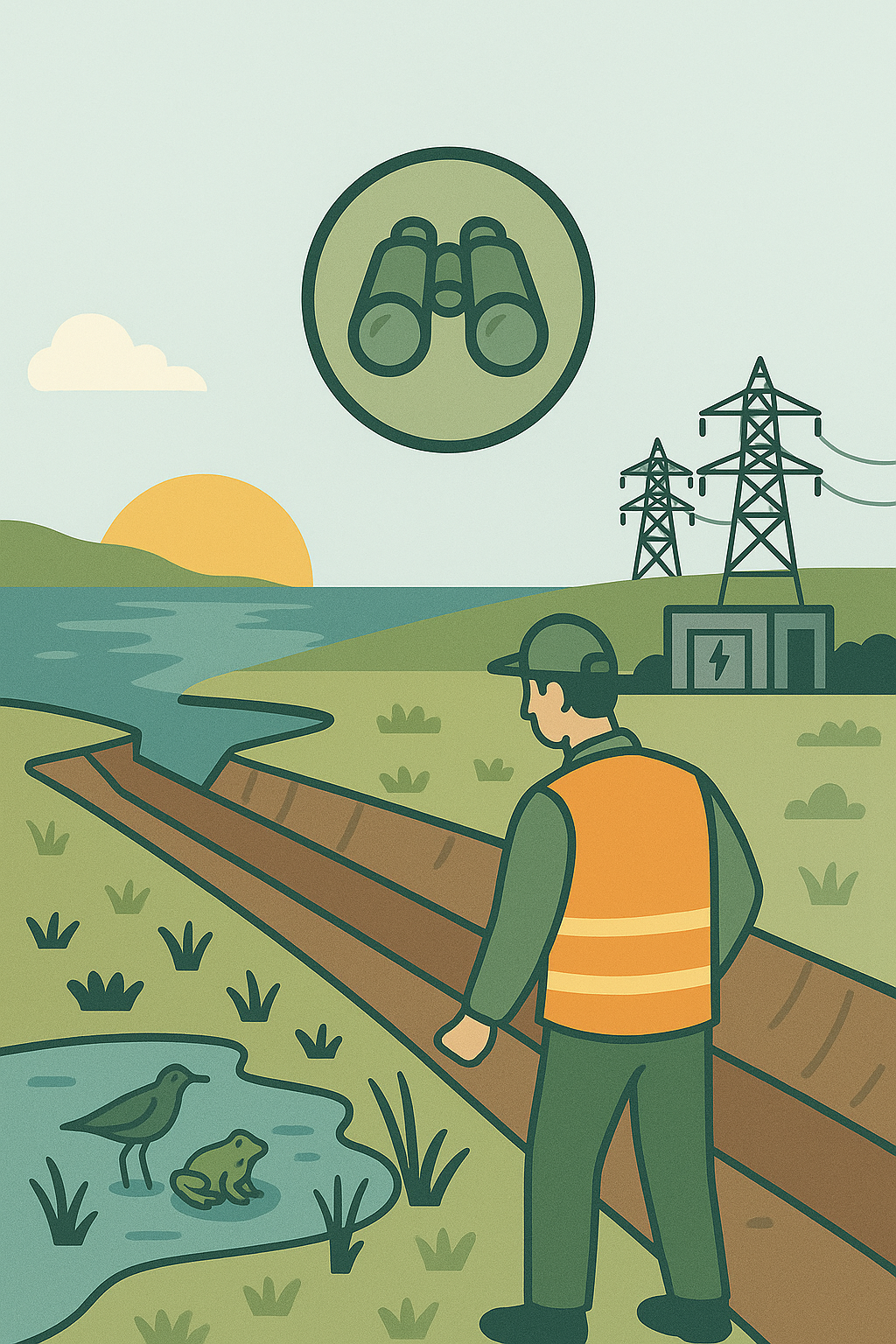Case Studies
BREEAM Assessment for Power Station Development
An ecological assessment was conducted for the proposed exhibition hall at a Grade II* listed power station development in London to meet BREEAM requirements. The project faced challenges with the site's location within an urban Site of Importance for Nature Conservation, proximity to a major waterway, and integrating biodiversity within a heritage environment.
The team employed a combined approach of desk-based review and field surveys. The methodology included habitat classification mapping and biodiversity calculations that identified both constraints and enhancement opportunities. The assessment revealed protected species considerations for urban bats and nesting birds, quantifying a biodiversity shortfall that needed addressing through interventions.
The assessment provided practical recommendations balancing development requirements with biodiversity protection. These included native hedgerow installation, strategic tree planting, installation of wildlife shelters, and a sensitive lighting strategy to protect nocturnal species. This proactive approach ensured compliance with sustainability standards while providing a framework for enhancing ecological value, demonstrating how urban regeneration can contribute meaningfully to biodiversity in dense urban settings with multiple sensitive receptors.
Ecological Clerk of Works for Energy Interconnector Project
Ecological Clerk of Works services were provided for a major energy interconnector project at an industrial site on the southeast coast of England. This infrastructure project required ecological oversight to ensure compliance with environmental regulations while conducting ground investigations in a coastal environment known to support multiple protected species.
The project faced coordination challenges between ecological requirements and concurrent archaeological investigations and unexploded ordnance surveys. Additionally, vegetation regrowth since previous clearance had created habitat conditions requiring careful management to prevent harm to wildlife while maintaining the project schedule.
The ecological team implemented a phased approach combining habitat manipulation with direct supervision. This included strategic vegetation management, methodical inspection of structures that had become wildlife habitat, and continuous monitoring during ground investigations. When protected reptiles were discovered using site infrastructure as basking locations, the team developed an adaptive management strategy to allow natural dispersal without delaying critical project activities.
Through this approach and consistent on-site supervision, the team successfully facilitated the ground investigation works while ensuring full compliance with wildlife legislation. Their expertise enabled the project to proceed on schedule while maintaining ecological integrity, demonstrating how effective ecological oversight can be integrated into complex infrastructure projects with multiple technical disciplines working simultaneously.


